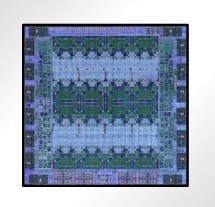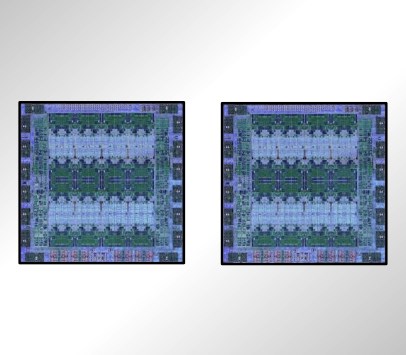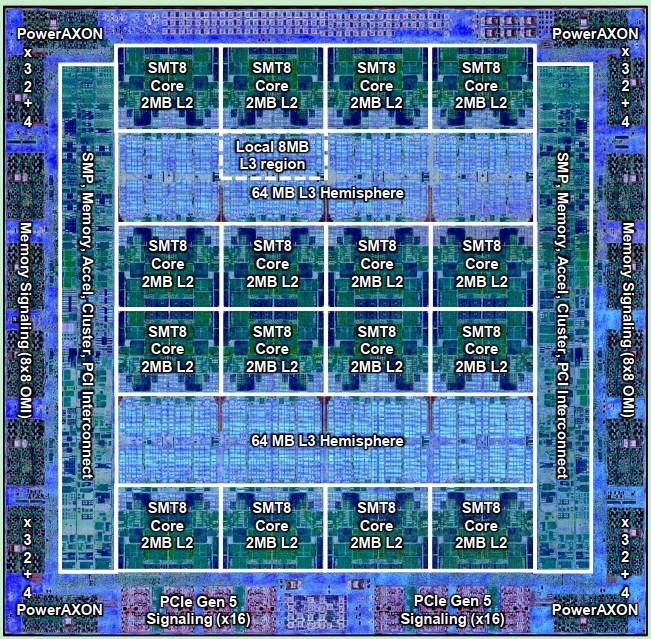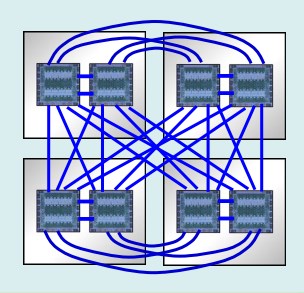SCM和DCM的区别:
Power10分为两种封装,一个chip的Single Chip Module简称为SCM,两个chip的Dual Chip Module简称为DCM;
SCM Power10的Core可以工作在4+GHz,而DCM Power10的Core只能工作在3.5+GHz;


Core:
下图示一个SCM的Power10的Die Shot,基于SAMSUNG 7nm的工艺;
物理上有16个core,但是只有15个Core是使能的;

Thread:
每个Core最高可以支持SMT8,就是 Simultaneous multithreading,类似于Intel的超线程,可以对物理核心分片成为8个一定才程度上独立的物理的线程;
那么一个SCM的Power10可以支持15Core*8thread/core=120thread/SCM Chip;
Cache:
一个Chip共享128MB的L3 Cache,每个Core独享2MB的L2 Cache;
Open Memory Interface:
分布在核心的两侧,有16个X8=X128的工作在32GT/s的OMI的接口,主要负责内存高速信号的连接;可以连接DRAM,也可以连接SCM模块;
BW=X128*32GT/s=512GB/s;

PowerAXON Interface:
PowerAXON stands for Power with A-bus, X-bus, OpenCAPI, and NVLink. 通过OpenCAPI可以连接到其他的ASIC;
对SCM, 四个角,合计X128的工作在32GT/s的高速接口(512GB/s),每X16组成一个Link,对外可以提供8个Link,实现chip 2 chip的互联;使用其中的6个link可以实现最高16个Socket的互联;
对DCM,片内占用了2个Link互联,还剩下16-4=12个Link,那么就是可以提供比SCM 1.5倍的互联接口。使用其中的12个Link可以实现最高4个Socket的互联;
上一代Power9的时候的速率是25GT/s可以支持NVLink 2.0那么这一代其实预计没法支持完整速率的NVLink 3.0了;



PCIe:
SCM在最下面支持X32的PCIe Gen5,工作在32GT/s;
DCM对应可以提供X64的PCIe Gen5,工作在32GT/s;